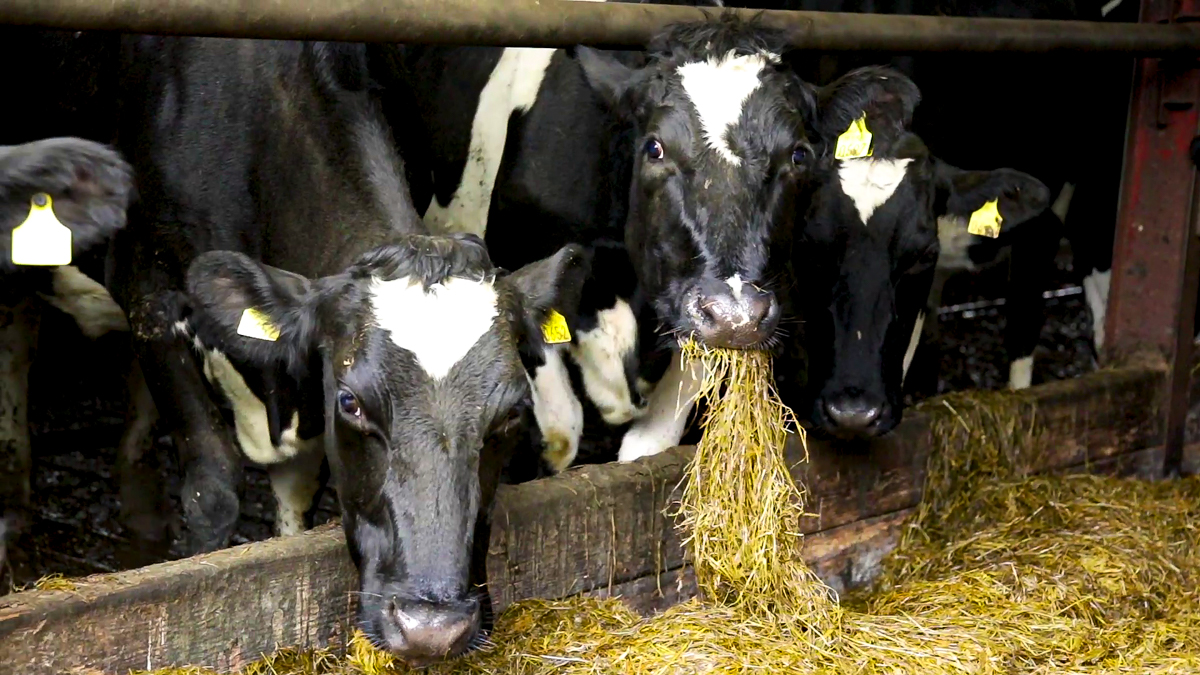Researchers are hopeful that dilute methane emissions from dairy barns can be effectively eliminated at commercial scale using technology.
A field demonstration of the ‘Methane Eradication Photochemical System (MEPS)’ represents the “first real-world validation of a scalable technology capable of eradicating methane emissions from livestock barn air”.
This is according to Ambient Carbon, a Danish company that is developing and commercialising technologies that reduce or eradicate greenhouse gases.
The gas has 84 times more global warming potential than carbon dioxide when measured over a 20-year period.
Livestock emit approximately 30% of worldwide anthropogenic methane, with dairy cattle generating half of those emissions, the company said.
Field trial
The large-scale field trial was conducted at the Hofmansgave Foundation farm in Denmark, where the MEPS unit, housed in a standard 40-foot shipping container, processed air samples from a 250-cow open-sided dairy barn.
According to Matthew S. Johnson, co-founder and chief science officer at Ambient Carbon: “The system successfully oxidised methane from dairy barn ventilation air across varying concentration levels, proving that MEPS can deliver consistent performance under real agricultural conditions with co-pollutants present.
“Across the initial tests, up to 90% of inlet air methane was eradicated over a methane concentration range of 4.3 parts per million (ppm) to 44 ppm.”
Danone North America supported this large-scale field trial.
Jessie Copeland, head of regenerative agriculture at Danone North America, said that there is a “great need for regenerative agriculture technologies like MEPS to strengthen the future of farming”.
Other uses
In addition MEPS aims to remove ammonia and other odours from the dairy barn, while also generating fertiliser as a by-product that can be utilised to decrease the farm’s operating costs, according to Ambient Carbon.
The MEPS system uses a novel patented gas-phaseal process to break down using chlorine radicals activated by UV LED arrays.
As it is non-invasive, MEPS does not affect cows, cow comfort, milk production, or barn operations, and the technology’s modular design allows for deployment at various sized dairy barns, the company said.
While the current field trial focused on enteric methane from dairy barns, the researchers said that the MEPS system could be applied to other sources of dilute methane emissions, including covered manure storage facilities, biogas plants, and wastewater treatment plants.

